Taking a break from foreign intrigue in exotic locales, let’s turn to the dramas perhaps occurring in our own homes….
My latest work revolves around a juvenile detention facility, and, not having children myself, required copious research. Luckily for me, I am blessed with a large extended family so no matter what profession I need to know about, I can usually find a representative among my family members. In this case it was my cousin Diana who had worked with assessing disturbed and at-risk youth. She walked me through a typical agency’s response to a child who acts out (violently or otherwise) and added, “…then we’ll give them the house tree person test…”
Wait, I said. What?
The house-tree-person test was designed by John Buck in 1948 to survey the subject’s personality and intelligence. It can be given to anyone over the age of three or so but is particularly helpful for children who may be more able to communicate through drawing than verbalization. The test-taker is given a piece of paper and crayons or colored pencils (so they can choose their own colors) and asked to draw a house or the place where they live. That is all—non-invasive and non-threatening and therefore ideal for working with children, especially traumatized ones. There is no right or wrong answer and no time limit.
Then the analyst asks questions about the drawing. Whose house is this? Who lives there? Are they happy? Who comes to the house? What is it like at night? Where do the people in the house sleep?
 The analyst looks for details that could give insight to the child’s thoughts. Is there a doorknob on the front door, indicating that people want to go inside, or that people inside can come out? Are there windows? Is there a chimney with smoke coming out, so that the house is warm? If the child draws windows for everyone’s room except theirs, perhaps abuse occurred in that room. If one window is drawn and then scribbled over, that could have the same cause. Colors can be indicators as well—if all the windows are drawn in black except for one in red, again, perhaps that’s where the abuse occurred. Obviously the test is more to indicate areas for questions rather than set a chart in stone—perhaps the child’s home simply features red shutters.
The analyst looks for details that could give insight to the child’s thoughts. Is there a doorknob on the front door, indicating that people want to go inside, or that people inside can come out? Are there windows? Is there a chimney with smoke coming out, so that the house is warm? If the child draws windows for everyone’s room except theirs, perhaps abuse occurred in that room. If one window is drawn and then scribbled over, that could have the same cause. Colors can be indicators as well—if all the windows are drawn in black except for one in red, again, perhaps that’s where the abuse occurred. Obviously the test is more to indicate areas for questions rather than set a chart in stone—perhaps the child’s home simply features red shutters. Next they’re asked to draw a tree. What kind of tree is it? Does it get water and enough sunshine? Has anyone tried to cut it down? The analyst will note if the tree has leaves, if it is healthy-looking or just a branched stick.
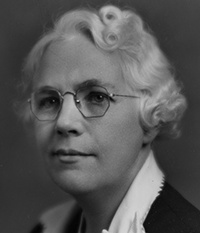 |
| Florence Goodenough |
Then they draw a person, from head to foot, not just a face. (The drawing of a man, woman and themselves was a test originally designed by Florence Goodenough in 1926; later revised by Dale Harris, it’s called the Goodenough-Harris Drawing Test. Again it was supposed to be a measure of intelligence rather than a check for emotional issues.) Who is the person? How old are they? What do they like/dislike doing? Who looks out for them? Then the analyst looks for any abnormalities in the drawing. Is the figure missing a body part—eyes, mouth, a hand? Is anything drawn and then scratched out? Is anything emphasized in red or black, common red-flag colors? Is the figure smiling?
Any and all of these facets can give adults a window into the mind of the child.
What is the most interesting thing you have found in a child’s drawing—or your own?



















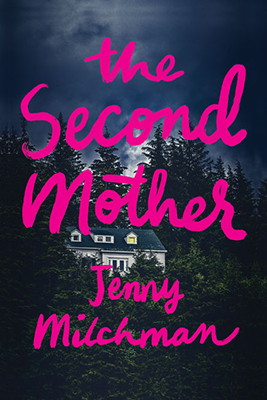
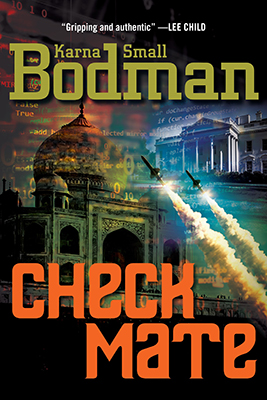






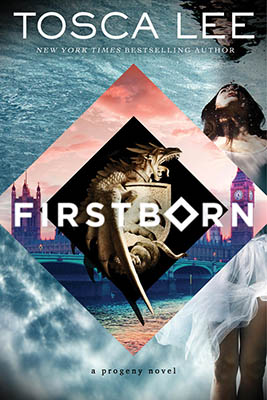




















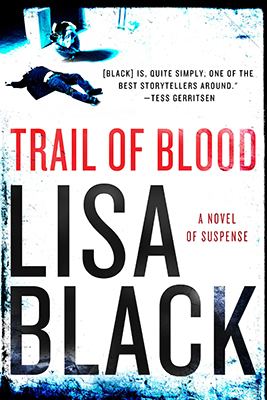
Great post! I recall reading an article, probably in some child-rearing magazine, about kids and their drawings. It pointed out the part about missing body parts and some feeling of inadequacy or some such. (Don't recall, it was a long time ago.) Anyway, my oldest daughter loved to draw pictures of herself and the rest of her family, including the dog. Early drawings were basically heads with stick figure arms/legs jutting from it. No body. When she graduated (about the age of 3-4, I think), and included a stick body, she had a funny habit of adding circles on the shoulders of her stick-figure family, then the arms jutted out from there. I never knew if they were supposed to be sleeves or what, but they were there. Every. Single. Time. Now I need to go back and see if there were any body parts missing, or were these things add-ons! (Should be fun. She was a very personable kid.)
Thanks for the fun reminders about the drawings!
Fascinating, Lisa — now, have you incorporated any of that research into your stories? You write terrific books, so keep us posted.
It's too good not to use, so it definitely comes up in Suffer the Children! Actually aside from that and one other book, I don't usually have children as characters. I've never feel sufficiently qualified to write them!
Interesting that the drawing test started as a way to measure intelligence and not emotional issues. I don't usually write about children either and have only one in my books as a minor character. Nice post!
Like Jamie, I found it interesting that the tests evolved from a measure of intelligence. Does that mean that the better a child can draw the more intelligent they are? I draw so much better than my husband, while he's much smarter than me. And, like Robin, I'm now going to go back and look at some of my children's childhood drawings. Great post!